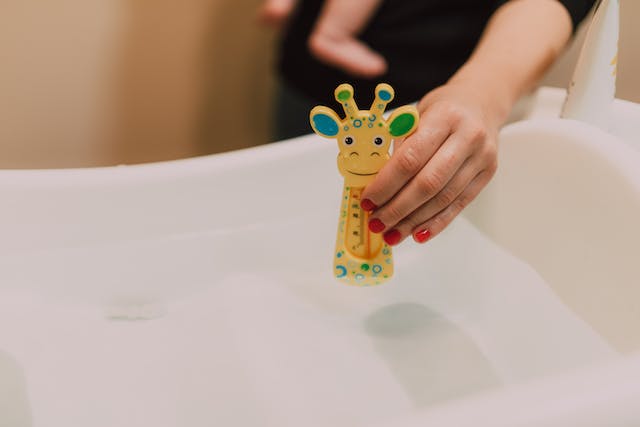Introduction:
When it comes to water-related activities, whether it’s enjoying a soothing bath or diving
into a refreshing pool, maintaining the right water temperature is crucial for safety and
comfort.
In this article, we’ll explore the importance of ensuring that water is neither too hot nor too
cold, providing valuable insights on how to achieve the perfect balance for a safe and
enjoyable experience.
The Dangers of Extreme Temperatures
Scalding Risks from Hot Water:
Excessively hot water can lead to scalding, causing severe burns.
To prevent this, set your water heater to a safe temperature, typically around 120 degrees
Fahrenheit (49 degrees Celsius).
Hypothermia in Cold Water:
On the flip side, water that is too cold can pose risks of hypothermia, especially in colder
climates or during prolonged exposure.
Be mindful of water temperatures in natural bodies like lakes or rivers.
How to Ensure the Right Water Temperature
Use a Reliable Water Thermometer:
Invest in a quality water thermometer to accurately measure the temperature.
This tool ensures precision, helping you avoid guesswork and maintain optimal conditions.
Adjust Your Water Heater:
Take control of your home’s water temperature by adjusting the settings on your water
heater.
Find the balance between comfort and safety, keeping in mind the needs of all household
members.
Install Anti-Scald Devices:
Consider installing anti-scald devices in your faucets and showers.
These devices regulate water temperature, preventing sudden spikes that could lead to
burns.
Regularly Check Water Temperatures:
Consistently monitor water temperatures, especially in spaces frequented by children or
vulnerable individuals.
Regular checks can identify any issues before they escalate.
Educate Household Members:
Ensure everyone in your household is aware of the importance of safe water
temperatures.
Educate them on the potential risks associated with extremes and encourage responsible
water usage.
Consider Climate and Seasonal Changes:
Be mindful of environmental factors affecting water temperatures, especially when using
natural bodies of water.
Factors like weather conditions and the time of day can impact water temperature
significantly.
Conclusion
Achieving the right water temperature is not just about comfort but, more importantly,
about ensuring safety for yourself and your loved ones.
By following these tips and staying vigilant, you can create an environment where water
activities are enjoyable, relaxing, and, above all, safe.
So, take the plunge with confidence, knowing that you’ve mastered the art of maintaining
the perfect water temperature.











